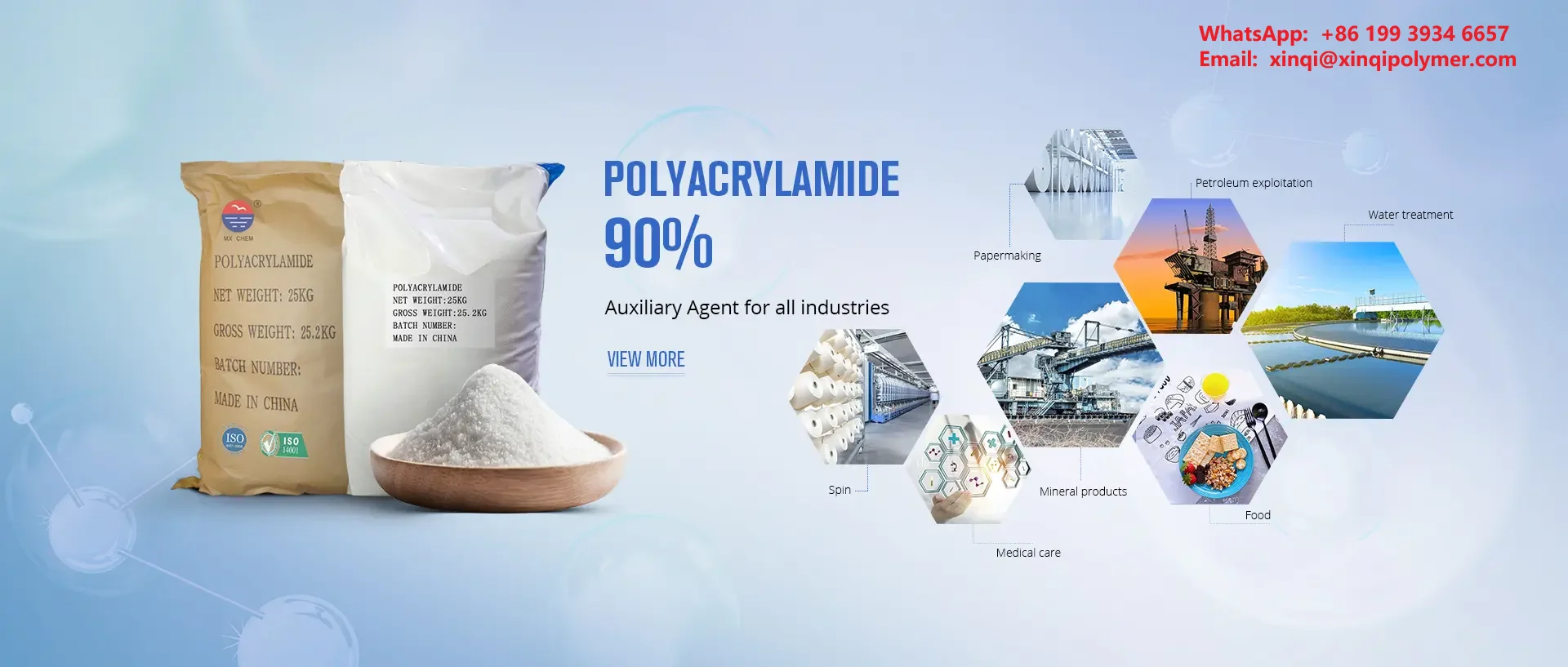low flocculant point - China Xinqi Polymer Co.,Ltd | coagulation-and-flocculation | polyacrylamide (2025)
When it comes to water treatment, one of the most critical factors to consider is the use of flocculants. These chemicals play a crucial role in the process of separating suspended solids from water, making it safe for consumption. However, not all flocculants are created equal, and one of the key differentiating factors is their flocculant point. In this article, we will dive into the world of low flocculant point and its importance in water treatment. What is a Low Flocculant Point? The flocculant point refers to the temperature at which the flocculant begins to lose its effectiveness in the water treatment process. This point is crucial because it determines the optimal temperature at which the flocculant can be used. If the temperature of the water exceeds the flocculant point, the chemical will not be able to effectively coagulate the suspended solids, resulting in poor water quality. This is where the importance of a low flocculant point comes into play. The Importance of Low Flocculant Point The use of a low flocculant point is particularly critical in cold weather conditions. During the winter months, the temperature of the water is significantly lower, making it difficult for traditional flocculants to be effective. This is where low flocculant point chemicals come in handy. These chemicals have a lower flocculant point, which means they can be used in colder temperatures without losing their effectiveness. This makes them ideal for use in regions with harsh winters, where water treatment is essential. In addition, low flocculant point chemicals are also beneficial in industries such as mining, where the water used in the process is often at a lower temperature. Using traditional flocculants in such instances will result in poor water treatment, leading to production delays and increased costs. By utilizing low flocculant point chemicals, these industries can ensure efficient and effective water treatment, leading to increased productivity and cost savings. Another significant advantage of low flocculant point chemicals is their ability to reduce the amount of chemical needed for water treatment. Traditional flocculants require higher dosages to be effective, especially in colder temperatures. With low flocculant point chemicals, lower dosages are required, resulting in cost savings and reduced chemical waste. This makes them a more environmentally friendly option for water treatment. Choosing the Right Low Flocculant Point Chemical When it comes to selecting the right low flocculant point chemical, it is essential to consider the specific needs of your water treatment process. Factors such as the temperature of the water, the type of suspended solids, and the desired level of water purity should be taken into account. It is also essential to choose a reputable supplier with a proven track record in providing high-quality low flocculant point chemicals. In conclusion, low flocculant point chemicals play a crucial role in the water treatment process, especially in cold weather conditions. They offer a more efficient and cost-effective solution for industries and regions that face low temperatures. By choosing the right low flocculant point chemical and using it correctly, you can ensure the effective treatment of water, resulting in clean and safe drinking water for all.
